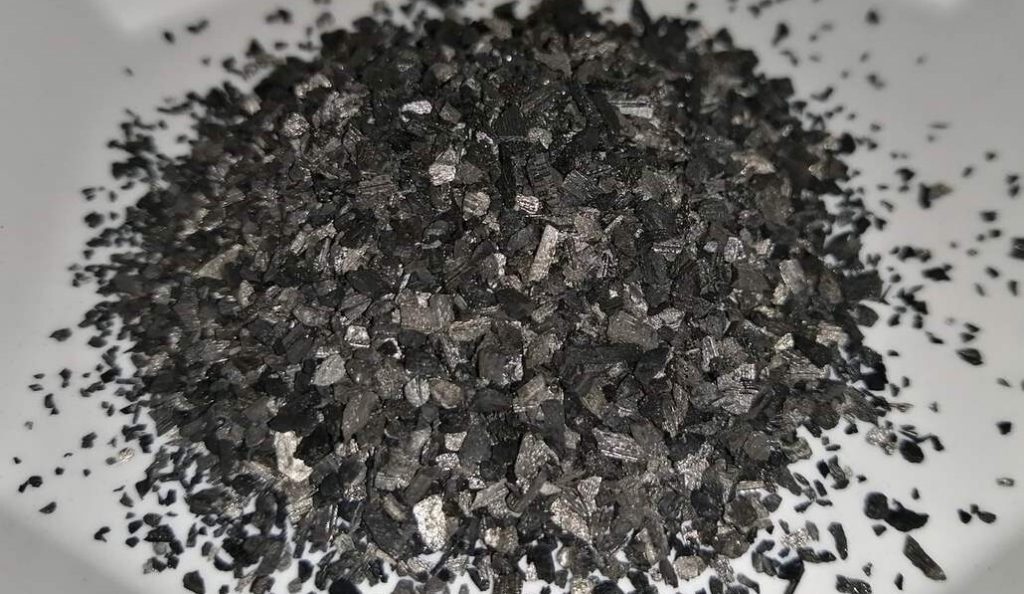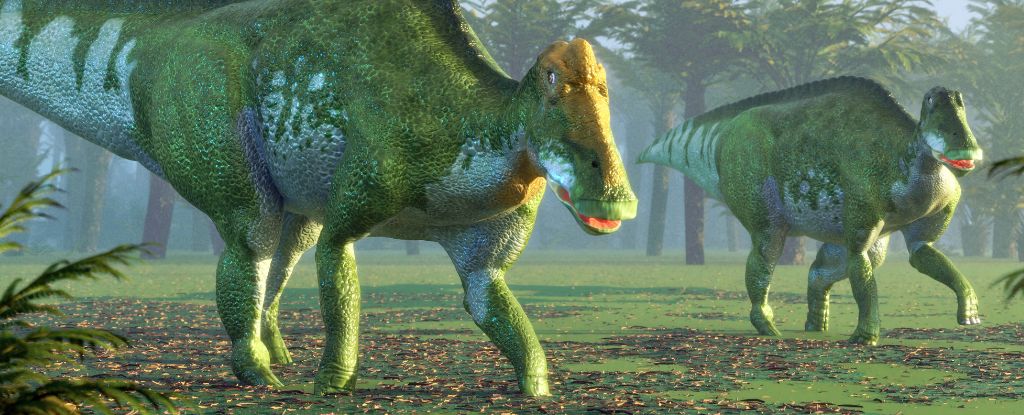Industrial Pollution is Cleaned by Converting Toxic Heavy Metals into Essential Nutrients – Good News Network

Researchers from the University of Waterloo have discovered that a special form of charcoal is highly effective at absorbing chromium and transforming it from a toxic industrial waste form into the form seen in nutritional supplements.Chromium is a heavy metal that exists in two forms. One form, chromium(III), is a safe micronutrient that our body needs. The other, chromium(VI), is a dangerous carcinogen linked to ovarian, lung, and liver cancer, and reproductive problems. The dangerous form is usually created during industrial processes such as leather tanning, stainless steel production, and mining, but it can also occur naturally in the presence of manganese minerals.Biochar, a form of charcoal produced by heating agricultural waste without oxygen, is being studied as a potential tool for cleaning up chromium pollution at industrial sites, using the natural filtering ability of organic carbon.Filip Budimir, a PhD candidate in earth and environmental sciences at the University of Waterloo, in Canada, wanted to know what happens when water contaminated with chromium(VI) is mixed with an oak-based biochar.The first thing Budimir noticed was that the biochar acted like activated charcoal in a water filter, soaking up the chromium and preventing it from leaching into the soil.Using the cutting-edge research facility known as Canadian Light Source at the University of Saskatchewan, Budimir then probed the biochar to see where the chromium was being deposited on the grains, and which version of the metal was there.He found that, while the solution initially contained only Cr(VI), after sitting for 120 hours (5 days), 85% had become Cr(III). So not only was the biochar absorbing the toxic chromium, it was also converting it to its safer form.YOU MAY ALSO LIKE: Mushrooms Help Turn Toxic Brownfields into Blooming Meadows“We were happy to see that the majority of what we were finding on the biochar grains was chromium-3 and not chromium-6,” says Budimir.The researcher also found that the chromium isotopes changed (or fractionated) during the removal of Cr(VI) from the water; the lighter chromium isotopes were removed faster and converted from Cr(VI) to Cr(III) more readily than the heavier isotopes. This could potentially be used as a tool to monitor groundwater remediation efforts using biochar, he says.ALSO CHECK OUT: Breakthrough Zero-Carbon Fertilizer Set to Take Root Across the World as ‘Biochar’“Things are happening underground, but we’re not sure what,” says Budimir. “Testing the isotopes can give us an idea of what is happening and if the process is working.”His research is published in the journal Chemosphere.WATCH a video explainer from Canadian Light Source… SHARE This Great Discovery In Treating Polluted Soils And Water… Want A Morning Jolt of Good News?You must be logged in to post a comment.Want A Morning Jolt
of Good News?



